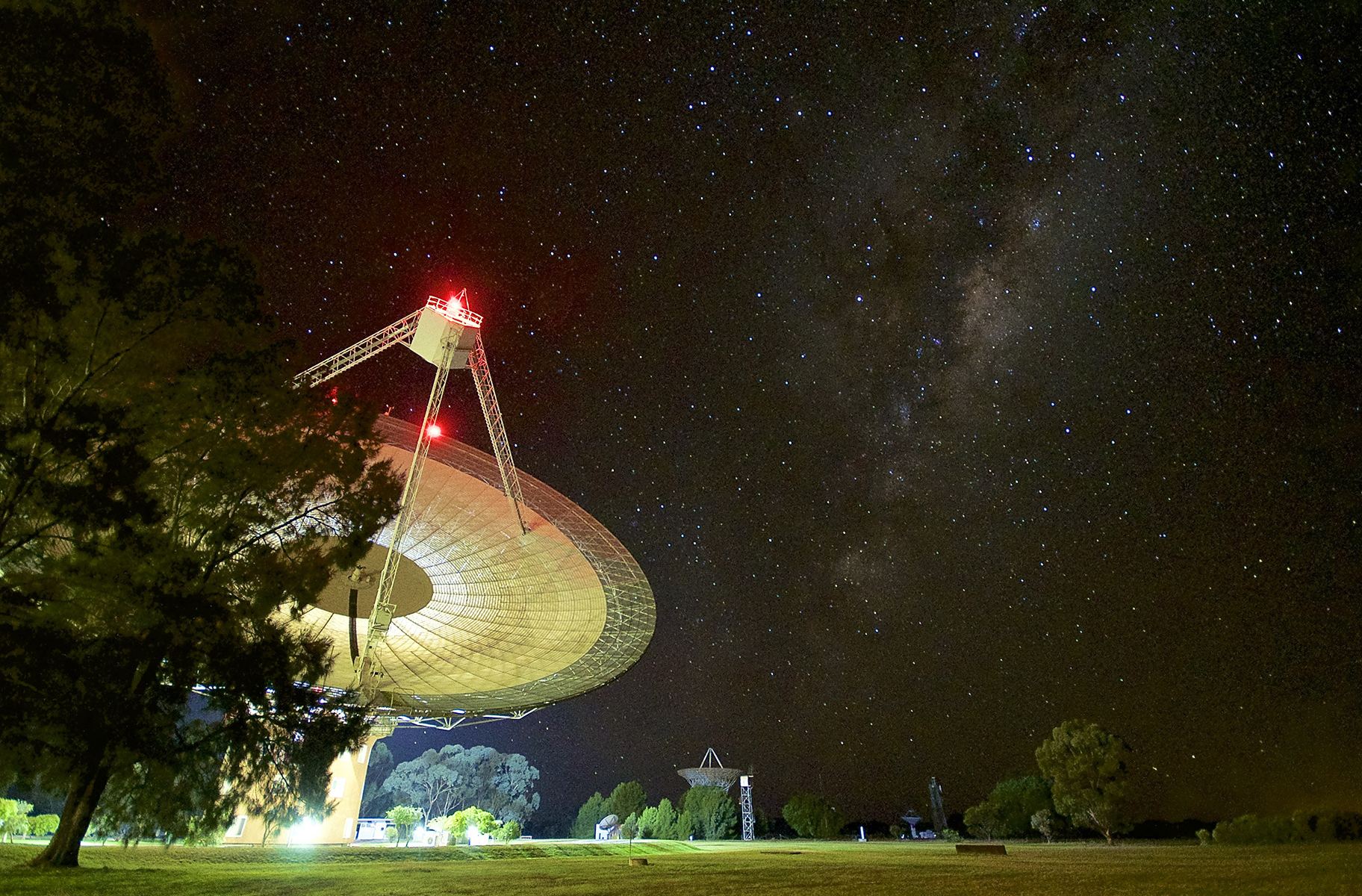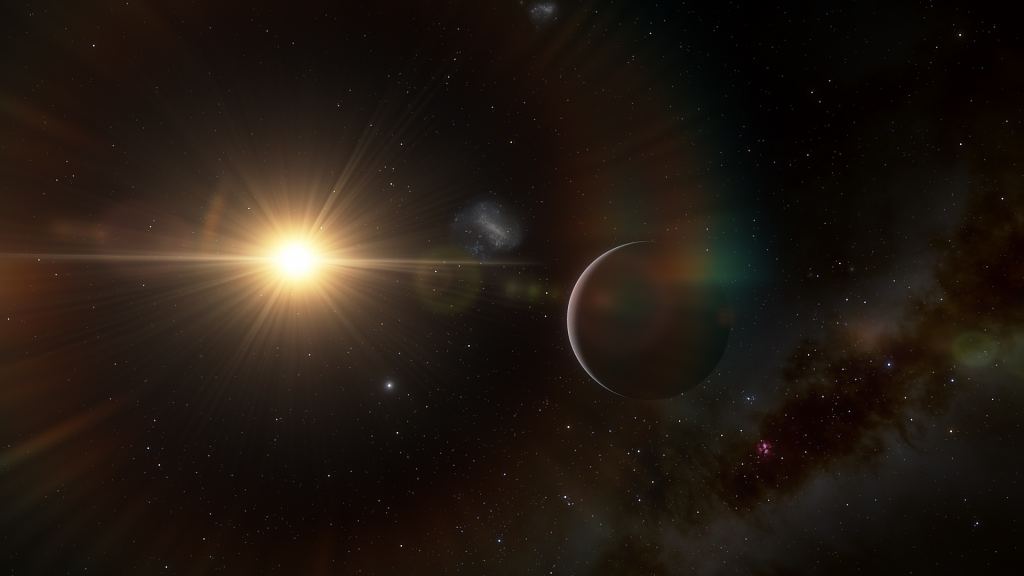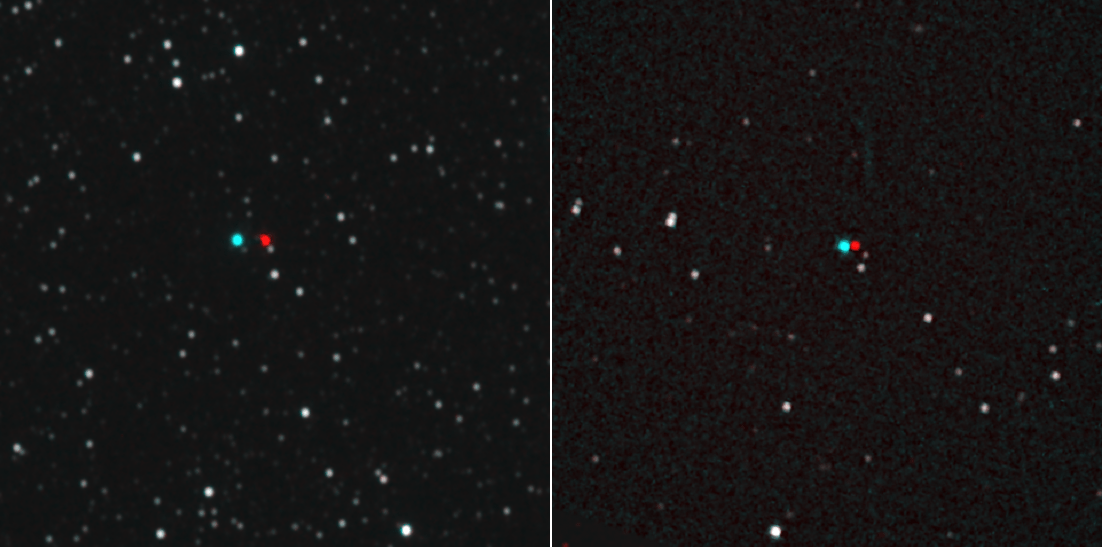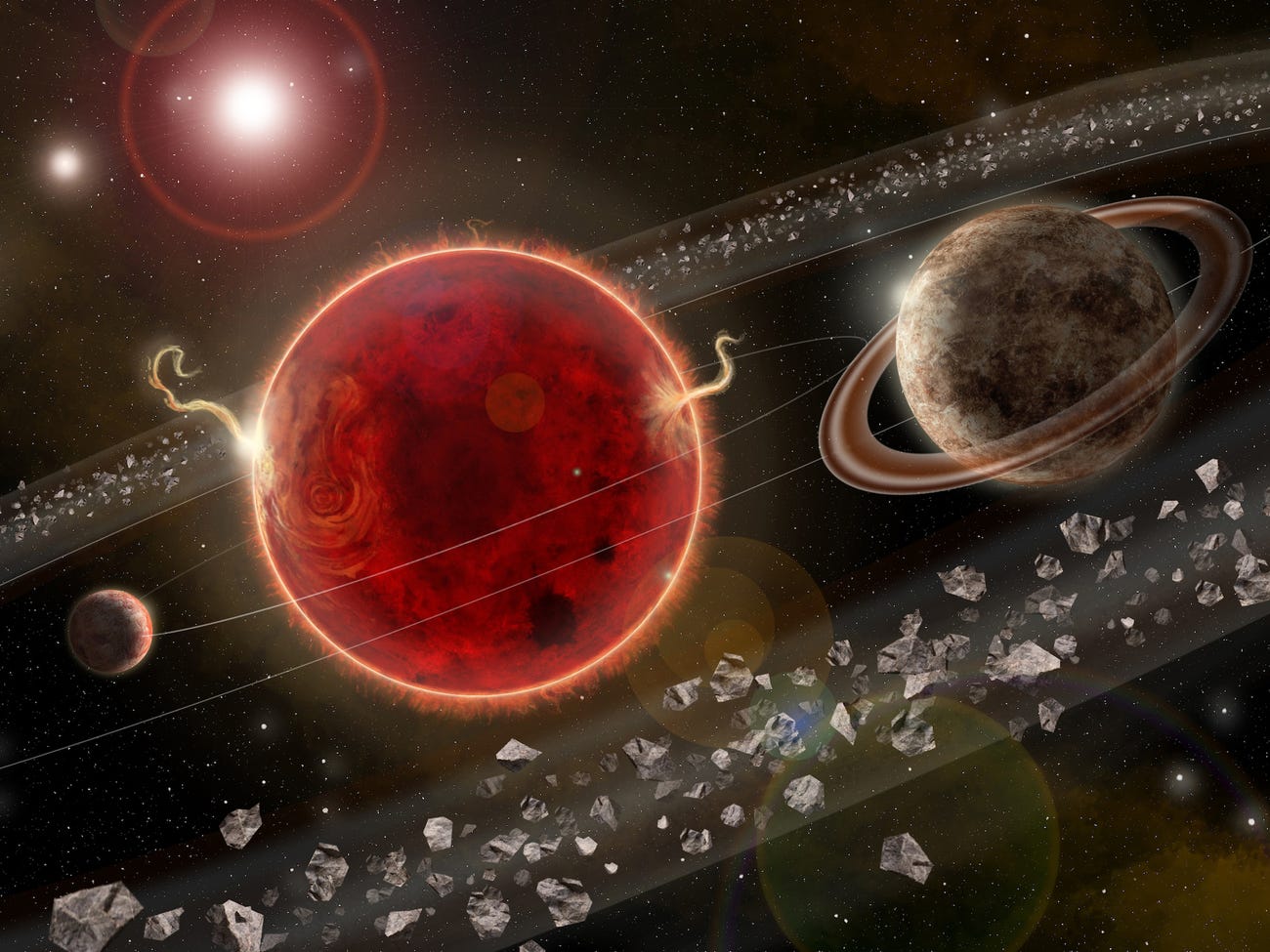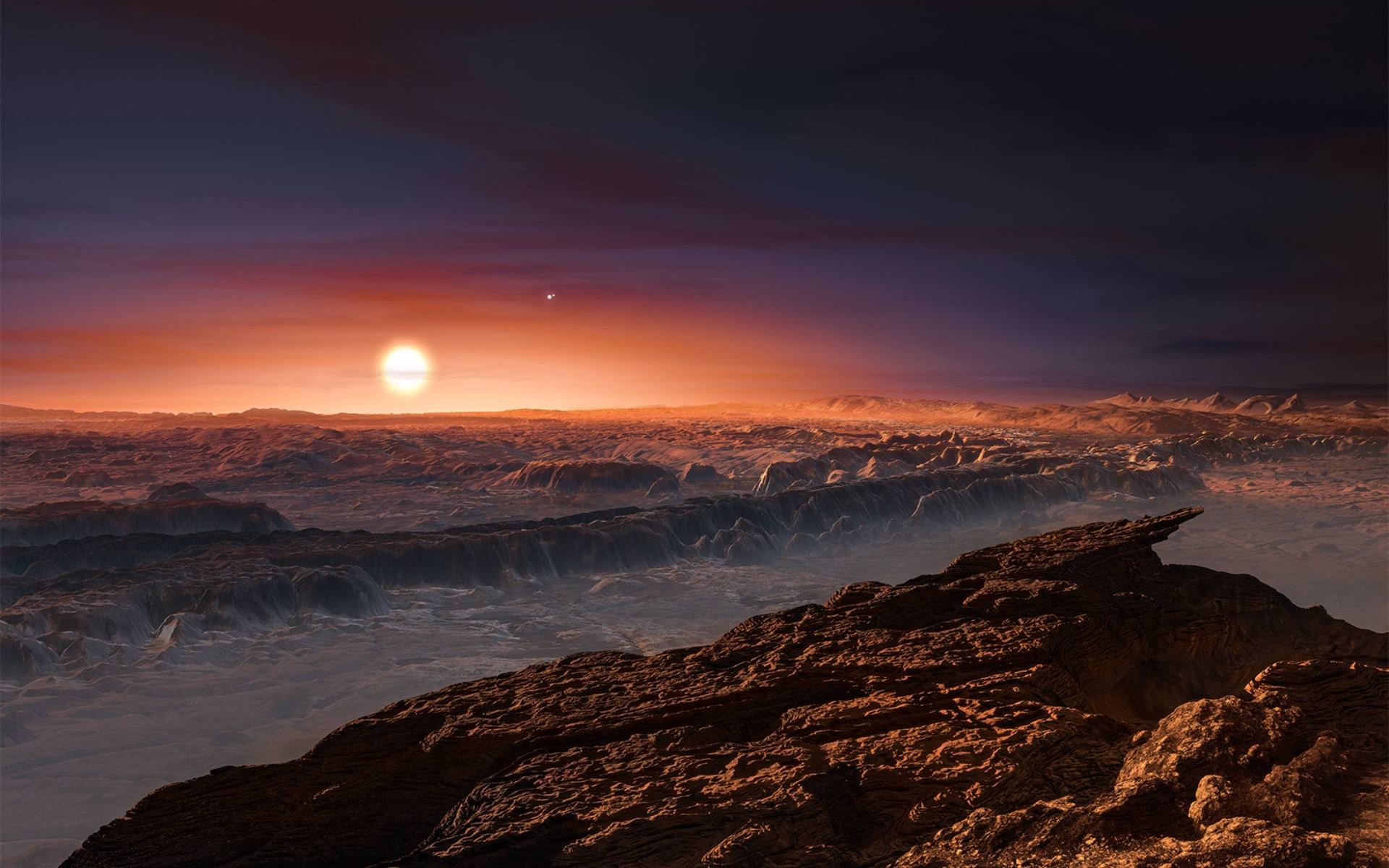In December of 2020, the world got a bit of a pre-holiday surprise when it was announced that astronomers at the Parkes radio telescope in Australia had detected a “tantalizing” signal coming from Proxima Centauri (the red dwarf companion of the Alpha Centauri system). Afterward, researchers at Breakthrough Listen consulted the data on the signal – Breakthrough Listen Candidate 1 (BLC1) – and noted the same curious features.
However, the scientific community has since announced that the signal is unlikely to be anything other than the result of natural phenomena. This was also the conclusion reached by Amir Siraj and Prof. Abraham Loeb of Harvard University after they conducted a probability assessment on BLC1. Like the vast majority of candidate radio signals discovered to date, this one appears to be just the forces of nature saying hello.
Continue reading “According to the Math, it’s Highly Unlikely That an Intelligent Civilization is Located at Alpha Centauri”
